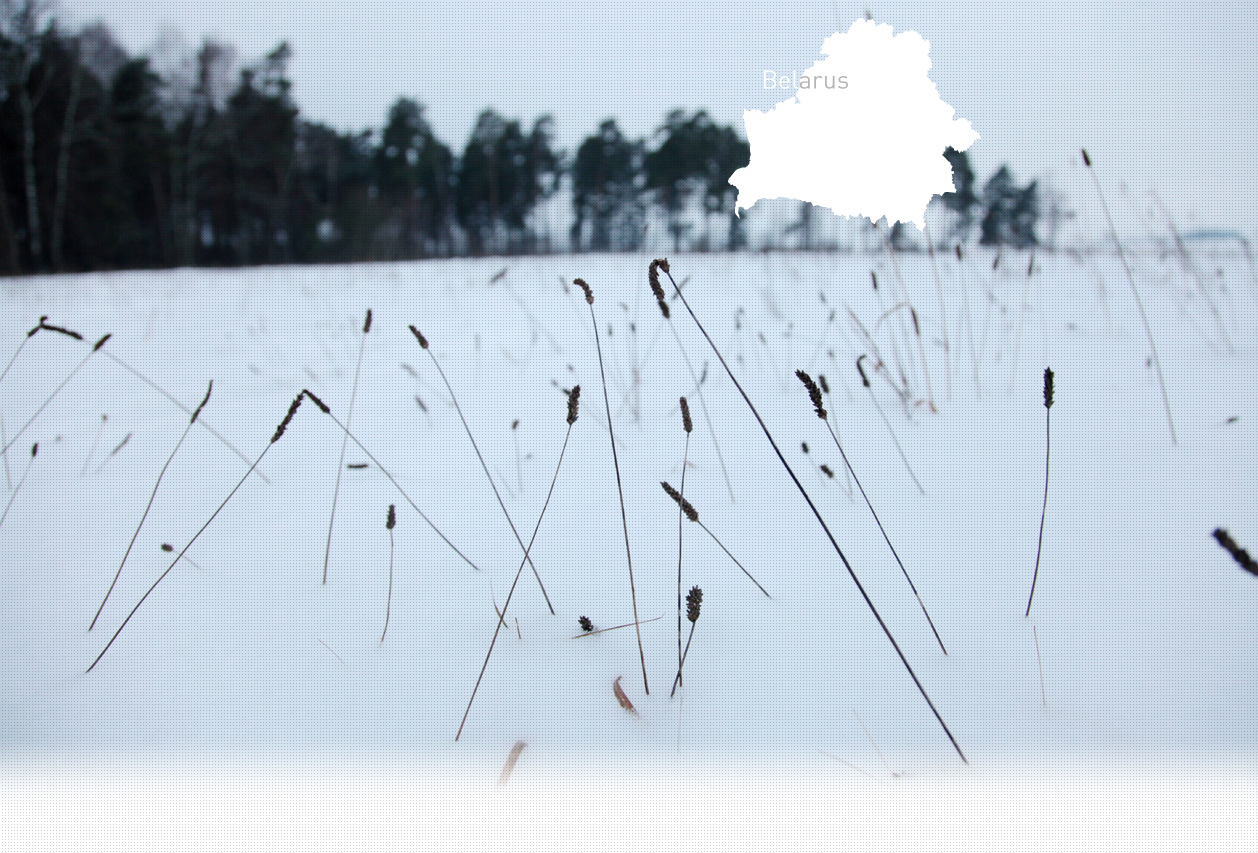

1 Killing site(s)
Mariana K., born in 1932: "Once they arrived near the pit, the Jews were forced to undress.Residents requisitioned with their carts were waiting nearby to take their belongings away.” (Witness N°733 interviewed on April 28, 2014)
“When the column left for the shooting site, everybody was beaten. It was mainly made up of women, elderly people, and children. Anyone who could no longer walk was killed along the way with a machine gun or pistol. The other Jews, over 1000 people, were led to the cemetery, where they had to dig a large pit.” [Depostion of Mikhalina D., made in 1944, for the Soviet Extraordinary State Commission, RG-22.002M.7021-86-45]
Radun is a village situated 90 km west of Minsk. Before the war, around 1,000 Jews lived in town. The center of Radun Jewish spiritual life was the famous yeshiva, founded in 1869 by Israel Meir ha-Kohen. In 1940, most of the yeshiva students were transferred to the United States via Japan. The main Jewish occupations were trading, handicraft and agriculture. The village was occupied by German forces at the end of June 1941.
After the Germans’ arrival, forced labor was imposed on the Jews, including chopping firewood in the forests. On November 16, a fenced ghetto was established on Zhydovska Street, previously a Jewish street. There were also Jews from neighboring villages interned in the ghetto, including the villages of Dovguielishki, Zabolote, Zhyrmuny and Nacha. More than 2,000 Jews were confined inside the ghetto. Despite the terrible living conditions, some Jews did maintain religious services in secret, and kept schools open for the children.
On May 10, 1942, 100 young Jews were requisitioned to dig pits in the Jewish cemetery. As these Jews attempted a mass-escape, many of them were shot. When the ghetto was liquidated, more than 1,500 Jews were killed by the Germans and the local police. According to witnesses interviewed by Yahad, anyone unable to walk was shot on the spot on their way to the cemetery. Nearly 300 skilled workers were kept alive, and later sent to Shchuchin ghetto and from there, after a while, to their deaths at an unknown location.
Do you have additional information regarding a village that you would like to share with Yahad ?
Please contact us at contact@yahadinunum.org
or by calling Yahad – In Unum at +33 (0) 1 53 20 13 17